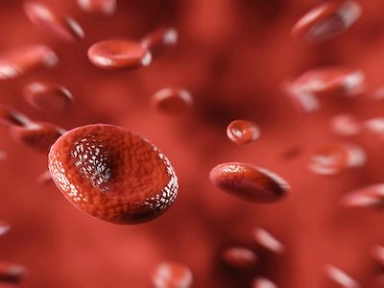{
event: "article_read",
name: `2019 ESC Guidelines for Acute Pulmonary Embolism`,
author: ``,
tags: `Thrombosis`,
publication_date: ``,
interaction_type: "content"
}
2019 ESC Guidelines for Acute Pulmonary Embolism
The guidelines provide an update on the 2014 guidelines.
Key Takeaway
- The 2019 European Society of Cardiology (ESC) guidelines for the diagnosis and management of acute pulmonary embolism (PE) developed in collaboration with the European Respiratory Society features important updates on diagnosis, risk assessment, acute and chronic phase management, prevention of recurrence, management in patients with cancer and pregnant women and post-PE care.
Key Highlights
Updated recommendations
- The recommendation for rescue thrombolytic therapy in the setting of haemodynamic deterioration has been upgraded to class I.
- The recommendation for use of surgical embolectomy or catheter-directed as alternatives to rescue thrombolytic therapy has been upgraded to class IIa.
- Use of D-dimer and clinical prediction rules to rule out PE during pregnancy or post-partum is now an IIa recommendation.
- Further assessment of asymptomatic PE survivors at increased risk for chronic thromboembolic pulmonary hypertension (CTEPH) is now an IIb recommendation.
New recommendations
Diagnosis
- D-dimer cut-offs adjusted to age and clinical probability should be considered instead of fixed values (IIa).
- A positive proximal compression ultrasonography result calls for a risk assessment to guide the management of PE (IIa).
- Ventilation/perfusion (V/Q) single-photon emission computed tomography may be considered for the diagnosis of PE (IIb).
Risk assessment
- Assessment of the right ventricular function using imaging or laboratory biomarkers should be considered, even if the Pulmonary Embolism Severity Index is low or Simplified Pulmonary Embolism Severity Index is 0 (IIa).
- The severity of PE may be further stratified using validated scoring systems combining clinical, imaging and laboratory prognostic factors (IIb).
Acute treatment
- Non-vitamin K antagonist oral anticoagulants (NOACs) are recommended as the primary choice for anticoagulant treatment when oral anticoagulation is to be initiated in a patient with PE eligible for a NOAC (I).
- Multidisciplinary teams should be established for the management of high-risk and selected cases of intermediate-risk PE (IIa).
- Extracorporeal membrane oxygenation may be considered, in addition to surgical embolectomy or catheter-directed treatment for patients with refractory circulatory collapse or cardiac arrest (IIb).
Chronic treatment and preventing recurrence
- The guidelines no longer support terminology such as “provoked” vs “unprovoked” PE/venous thromboembolism.
- Patients with antiphospholipid antibody syndrome should receive indefinite treatment with a vitamin K antagonist (I).
- Extended anticoagulation should be considered for patients without any identifiable risk factor for the index PE event, those with a persistent risk factor apart from antiphospholipid antibody syndrome and those with a minor transient/reversible risk factor for the index PE event (IIa).
- A low dose of apixaban or rivaroxaban for extended anticoagulation should be considered after the first 6 months of treatment (IIa).
Post-PE care
- Routine assessment using an integrated model of care is recommended 3-6 months after acute PE and symptomatic patients with mismatched perfusion defects (on V/Q scan) >3 months post-PE should be referred to an expert CTEPH centre (I).
- Konstantinides SV, Meyer G, Becattini C, Bueno H, Geersing GJ, Harjola VP, Huisman MV, Humbert M, Jennings CS, Jiménez D, Kucher N, Lang IM, Lankeit M, Lorusso R, Mazzolai L, Meneveau N, Ní Áinle F, Prandoni P, Pruszczyk P, Righini M, Torbicki A, Van Belle E, Zamorano JL; ESC Scientific Document Group. 2019 ESC Guidelines for the diagnosis and management of acute pulmonary embolism developed in collaboration with the European Respiratory Society (ERS). Eur Heart J. 2019 Aug 31 [Epub ahead of print]. doi: 10.1093/eurheartj/ehz405. PMID: 31504429
Related articles
MAT-BH-2200325/v1/Mar 2022




